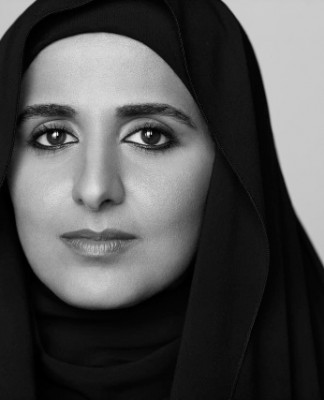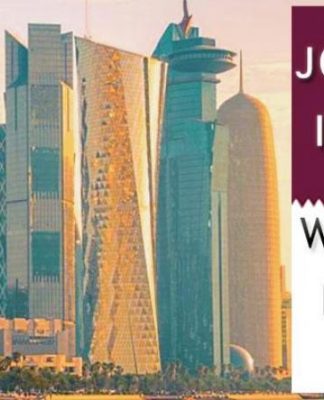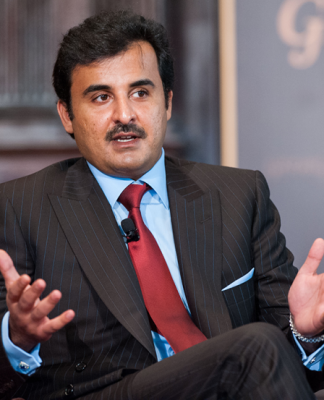navigation-menu
World Economic Forum logo
Close icon
Search icon
Search
Just For You
Right arrow
Centres
Right arrow
Reports
Right arrow
Events
Right arrow
Forum Agenda
Right arrow
Intelligence
Right arrow
Videos
Right arrow
Podcasts
Right arrow
Our Mission
Our Impact
Our Partners
UpLinkUplink link
youtube icon
facebook icon
twitter icon
linkedin icon
flipboard icon
tiktok icon
instagram icon
Close icon
My Forum logo
benjamin armani
My Topics icon
My Topics
Account icon
Account
Privacy Policy
Legal
Sign Out
ENERGY TRANSITION
Is Europe’s gas market ready for winter?
Jul 25, 2023
Europe’s energy crisis has accelerated its transition.
Europe’s energy crisis has accelerated its transition.
Image: REUTERS/Nacho Doce REFILE – QUALITY REPEAT
Renée van Heusden
Head, Oil & Gas Industry, World Economic Forum
Adele Jacquard
Oil and Gas Transition Researcher, World Economic Forum
Share:
OUR IMPACT
What’s the World Economic Forum doing to accelerate action on Energy Transition?
THE BIG PICTURE
Explore and monitor how Energy Transition is affecting economies, industries and global issues
A hand holding a looking glass by a lake
CROWDSOURCE INNOVATION
Get involved with our crowdsourced digital platform to deliver impact at scale
Stay up to date:
Energy Transition
This article is part of:
Centre for Energy and Materials
Listen to the article
8 min listen
Europe has increased spending on oil, gas, and coal by €1 trillion between 2021 and 2022 as it sought alternative energy sources to Russian imports.
The European Union is now focused on ensuring sufficient storage for the winter and reducing its dependence on Russian gas while maintaining or lowering gas demand.
Is Europe’s current gas landscape improving, and has the bloc stabilized its energy crisis heading into winter?
The invasion of Ukraine created ripples through the global energy market, particularly in the European Union (EU), which had to pivot quickly to secure enough gas for winter 2022/23.
But it paid the price. Europe spent over €1 trillion more on oil, gas, and coal in 2022 than the previous year, more than doubling the share of its GDP spent on energy.
More recently, reports of Europe having “too much gas” show how markedly the situation has shifted for the EU.
The story of the EU’s gas shortage is ongoing, but the major disruptions the region experienced at the beginning of the crisis subsided more quickly than feared. However, as the IEA reported recently, the tables can turn again quickly – so what has changed since 2022, and is the EU ready for winter 2023/24?
Figure showing the EU imports of energy products, 2019-2023.
The value of energy product imports nearly doubled from 2021 to 2022, while first-quarter values in 2023 have fallen compared with a year earlier. Image: Eurostat
Europe’s tumultuous year for energy supply
Europe’s energy crisis started with Russia’s invasion of Ukraine on 24 February 2022. The rest of the year saw export controls, investment bans and price cap initiatives taken by the United States, the EU and the United Kingdom to deter the continuation and escalation of conflict.
Russia retaliated by introducing sanctions, which led to a tightening of the global gas market, particularly in Europe, where Russia previously supplied around 40% of the region’s natural gas.
In response to the price caps, Russia prohibited the export of oil and oil products under contracts with price cap compliance provisions. And when several EU member states refused to adhere to the new payment system imposed by Russia in the second quarter of 2022, Russia’s state-controlled energy firm Gazprom unilaterally cut a substantial part of its gas supplies.
All in all, the sanctions, combined with various economic countermeasures and the sabotage of Nord Stream 2 – a gas pipeline running from Russia through Germany – led to tight supply in the gas market, particularly in Europe. This led to drastic energy price increases.
Last year, gas prices peaked at $100 per million metric British thermal units (MMBtu), Brent crude oil prices reached $130 per barrel, and coal prices peaked at $441 per ton. Energy needs were ultimately met, but the costs were high, especially in terms of energy equity — meaning both affordability and access — a key insight from the World Economic Forum’s recent analysis and report on Energy Transition Index 2023.
Europe’s gas strategy heading into winter 2023/24
Figure illustrating the assessment of the natural gas balance of the European Union.
Europe needs to ensure it has enough gas for winter 2023/24, potentially without Russian flows. Image: IEA
The International Energy Agency’s (IEA) How to Avoid Gas Shortages in the EU in 2023 report also contains a series of suggested initiatives to balance short-term needs with the long-term energy transition strategy.
In the short term, Europe needs to ensure it has enough gas storage to get through the winter, limit its reliance on Russian gas, and maintain or lower gas demand. It has rolled out several initiatives to achieve it.
The introduction of minimum gas storage obligations targets at least 90% of capacity for winter 2023/24 and onwards – to bolster the EU’s energy security and achieve a more optimal storage cycle throughout the year.
Have you read?
Europe’s fast-warming climate is a challenge, but renewables offer hope: WMO
Europe faces costly race to refill gas storage. Here’s what you need to know about the global energy transition this week
Going green could save Europe €1 trillion in fossil fuel costs
Policies also targeted the liquified natural gas (LNG) market and included LNG procurement mechanisms based on increasing coordination and storage to reduce price volatility.
Meanwhile, the EU Council introduced the Joint Purchasing Mechanism, which allows for joint purchasing and more efficient ways of matching demand with suppliers, including for countries outside the EU.
And lastly, the bloc has been diversifying its energy base, growing the baseline of renewables, critical for a secure and economic energy system as it reduces dependency, enhances resilience and manages economic risks.
So far, the initiatives have been successful. As of July 4th, Europe’s gas storage was at 79%.
At the current pace of refilling, storage is expected to hit its target capacity before October, Reuters reported based on data from Gas Infrastructure Europe. The abundance of European gas storage and the fast pace of refilling has caused prices to fall sharply in the first half of the year.
The impact of quick and decisive action by the EU to mitigate the effects of the energy crisis has provided room for some optimism heading into winter 2023/34.
But the bloc must also remain focussed on its long-term goals in the coming months, especially as the south of Europe is currently battling severe heatwaves.
Figure displaying the elements that can be expected to fill part of the EU supply-demand gap.
The EU must balance having enough energy supply for winter with the need for multiple alternative sources of energy. Image: IEA
Implications for the energy transition
The latest Fostering Effective Energy Transition Report says that the actions we take in the next few years are critical to the success of our long-term energy goals.
We are all in the energy transition together, and actions taken in Europe have ramifications across the globe. Europe’s surging demand for gas has already impacted lower-income regions and the pace of their transition: high global LNG prices have outpriced regions such as southeast Asia and driven some countries back towards coal dependence. The continued unaffordability of cleaner energy sources like gas and LNG could push more lower income economies to switch back to coal, slowing the global pace of the transition.
The EU has come a long way from the frenzied stockpiling that drove up gas prices a year ago, but the energy crisis is far from over. Europe must now prioritise its own energy requirements heading into winter 2023/24 by focusing on energy security and reducing unilateral reliance.
Policies and interventions that kept energy demand in the EU down should remain in place to stem a demand surge when the energy crisis concludes.
Europe’s energy crisis has already accelerated its transition, bolstered the region’s security, and forced it to reduce consumption. But this period of upheaval is also an opportunity to build on that progress and continue the drive for a more diversified and resilient energy system.
License and Republishing
World Economic Forum articles may be republished in accordance with the Creative Commons Attribution-NonCommercial-NoDerivatives 4.0 International Public License, and in accordance with our Terms of Use.
The views expressed in this article are those of the author alone and not the World Economic Forum.
Related topics:






























